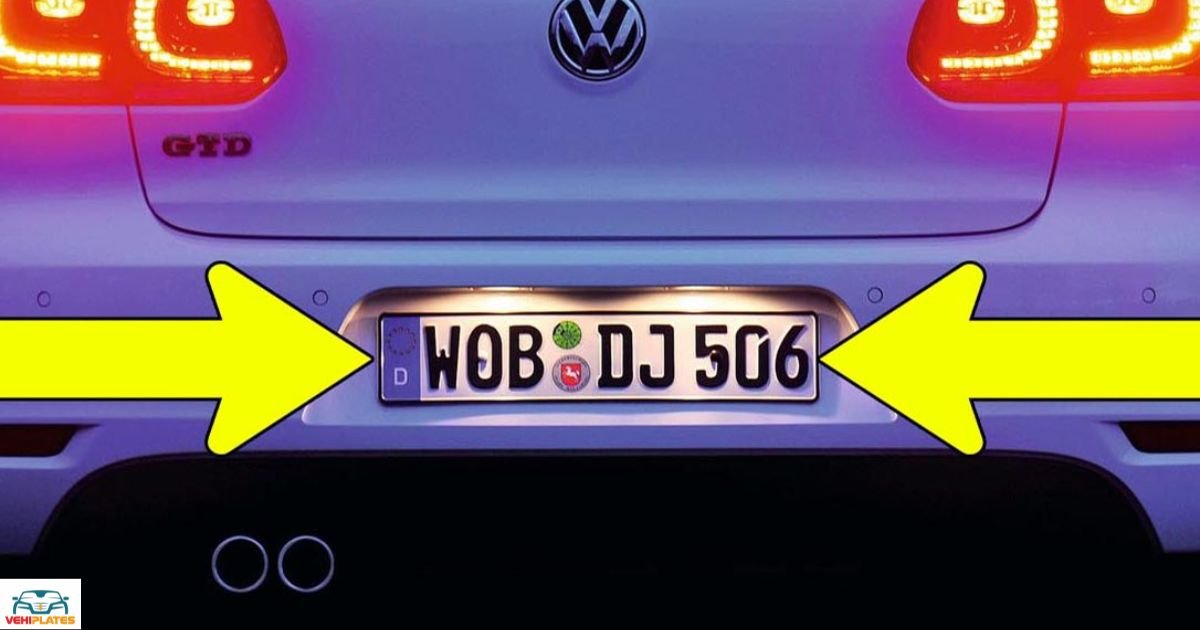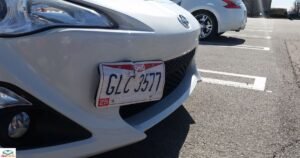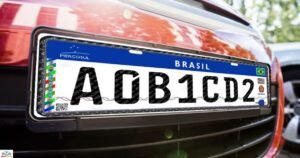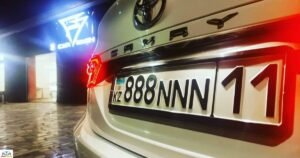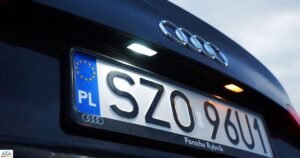License plate lights are essential for ensuring visibility on the road, especially during low-light conditions. These lights not only enhance the aesthetic appeal of your vehicle but also contribute to safety by making your license plate visible to other drivers and law enforcement.
Turning on license plate lights may vary depending on the make and model of your vehicle. In this comprehensive guide, we’ll explore the general steps to turn on license plate lights and troubleshoot common issues.
Understanding License Plate Lights
Before diving into the process of turning on license plate lights, it’s crucial to understand their purpose and components.
Purpose: License plate lights illuminate the license plate, making it visible in dark conditions or at night. This improves overall visibility and aids law enforcement in identifying vehicles.
Components: License plate lights typically consist of small bulbs housed within a protective casing. These bulbs are connected to the vehicle’s electrical system and are activated when certain conditions are met.
Identifying the Location of License Plate Lights
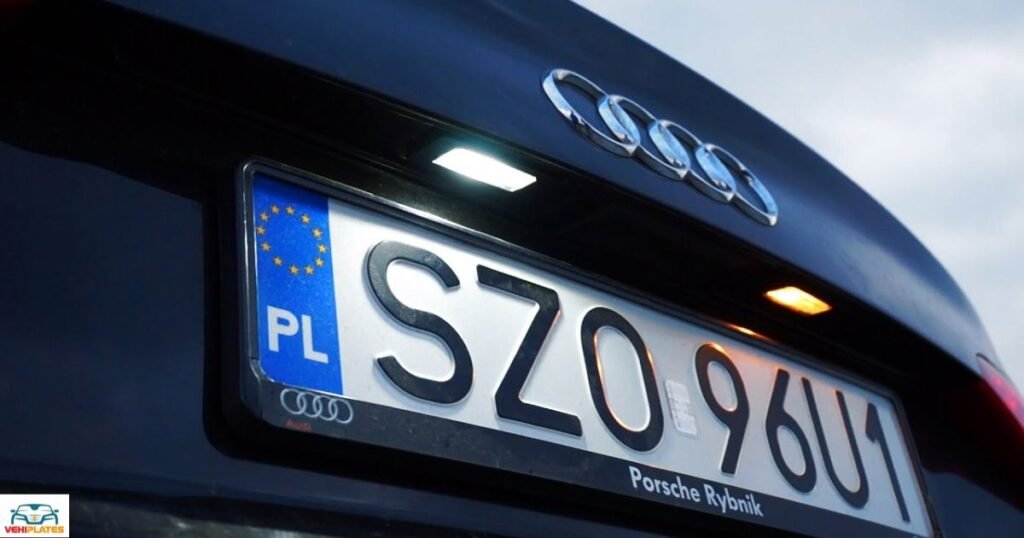
| Location | Description |
| Above License Plate | Common placement for most vehicles. |
| Below License Plate | Alternative location, often integrated into the bumper. |
| Rear Bumper | Some vehicles have lights integrated into the bumper. |
| Side of License Plate | Uncommon, but found in certain vehicle designs. |
| Inside Trunk Lid | Occasionally found in vehicles with trunk-mounted plates. |
Identifying the location of license plate lights is crucial for maintenance and troubleshooting. Refer to your vehicle’s manual for specific details regarding your model.
Turning On License Plate Lights
Once you’ve located the license plate lights on your vehicle, follow these general steps to turn them on:
Check Vehicle Manual
Refer to your vehicle’s manual for specific instructions on turning on the license plate lights. The manual may also provide information on the type of bulbs used and their replacement procedure.
Turn On Headlights
In most vehicles, license plate lights are designed to turn on automatically when the headlights or parking lights are activated. Turn on your headlights to check if the license plate lights illuminate.
Inspect Light Switch
Ensure that the light switch on your vehicle’s dashboard is in the correct position to activate the headlights and license plate lights. Some vehicles have a separate switch for controlling exterior lights.
Check Fuse
If the license plate lights fail to turn on, there may be a blown fuse. Refer to your vehicle’s manual to locate the fuse box and inspect the fuse corresponding to the license plate lights. Replace any blown fuses with ones of the same amperage rating.
Replace Bulbs
If the license plate lights still do not work after checking the fuse, the bulbs may need replacement. Consult your vehicle’s manual for guidance on accessing and replacing the bulbs. Ensure that you use bulbs compatible with your vehicle’s specifications.
Troubleshooting Common Issues
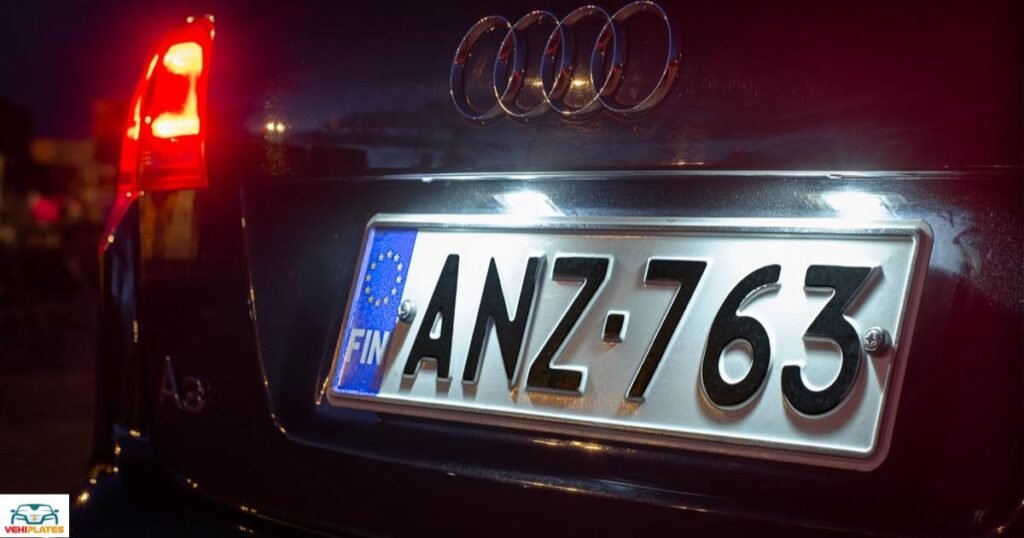
Despite following the steps above, you may encounter issues with your license plate lights, such as a burnt-out bulb or faulty wiring. Here are some common problems and their solutions. You might be wondering, ‘Does Wisconsin Require Front License Plate?‘
Dim or Flickering Lights
Dim or flickering license plate lights may indicate a loose connection or corroded terminals. Inspect the wiring harness and connections for any damage or corrosion. Clean or tighten the connections as necessary.
Water Damage
Water ingress into the license plate light housing can cause malfunctioning or short circuits. Check the seals and gaskets around the light housing for any signs of damage or deterioration. Replace damaged seals to prevent water infiltration.
Electrical Issues
If the license plate lights fail to illuminate despite other exterior lights functioning properly, there may be underlying electrical issues. Consult a qualified mechanic or electrician to diagnose and repair any electrical faults.
FAQ’s
How do I know if my license plate lights are working?
To check if your license plate lights are working, simply turn on your headlights or parking lights and visually inspect the illumination of your license plate.
Can I replace license plate light bulbs myself?
Yes, you can typically replace license plate light bulbs yourself by following the instructions outlined in your vehicle’s manual.
Why are my license plate lights flickering?
Flickering license plate lights may indicate a loose connection or corroded terminals. Inspect the wiring and connections for damage and address as needed.
Conclusion
Ensuring that your license plate lights are functional is essential for maintaining road safety and compliance with regulations. By following the steps outlined in this guide, you can easily turn on license plate lights and address common issues that may arise.
Remember to refer to your vehicle’s manual for specific instructions tailored to your make and model. If problems persist, seek assistance from a professional to ensure proper functioning of your vehicle’s lighting system.
